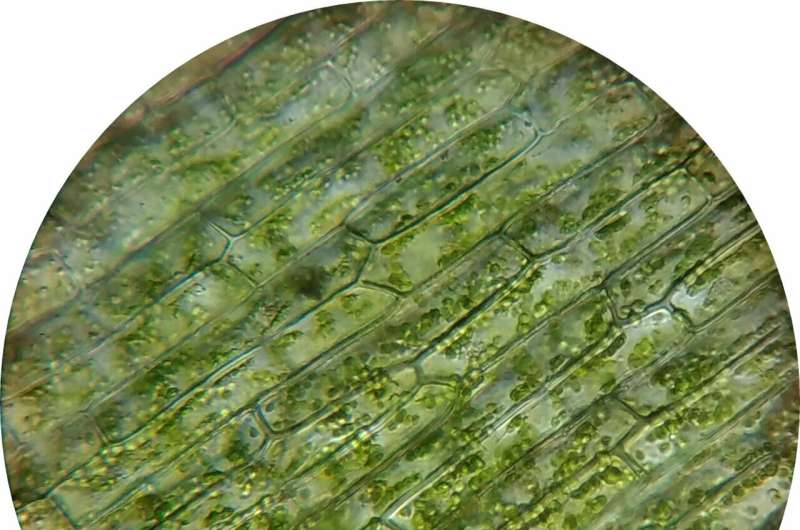Researchers reveal hierarchical transcriptional regulatory network for plant somatic embryogenesis

Owing to their sessile nature, plants maintain cell pluripotency or totipotency throughout their life cycles. Somatic plant cells are able to regenerate themselves in response to mechanical stimuli, or to go through somatic embryogenesis to regenerate whole plants. Since first documented in 1950s, somatic embryogenesis has become a powerful tool in plant biotechnology for propagation of endangered species and generation of genetically modified plants with improved traits.
It is well known that the phytohormone auxin plays a crucial role in somatic embryogenesis by inducing a cell totipotent state. However, its underlying mechanism is poorly understood.
In a study published in Developmental Cell, a research team led by Dr. Wang Jiawei from CAS Center for Excellence in Molecular Plant Sciences of the Chinese Academy of Sciences revealed a hierarchical transcriptional regulatory network for somatic embryogenesis.
The researchers found that the developmental stage of explants is at the top of the hierarchy with the embryonic nature of explants being a prerequisite for somatic cell reprogramming. The loss of competence for somatic embryogenesis upon seed germination coincides with the acute degradation of the permissive chromatin signature of cell totipotency genes (such as AP2, B3 and NF-Y TFs).
They then uncovered that auxin acts at the second-tier of the hierarchical network, by inducing massive changes in chromatin accessibility and concomitant changes in gene expression. Particularly, auxin directly activates cell totipotency genes expression and contributes to the termination of the embryonic maturation process.
Furthermore, the researchers found that the cell totipotency genes serve as third-tier regulators and initiate somatic embryo formation by direct activation of early embryonic patterning genes.
This study delineates a hierarchical transcription factor cascade underlying auxin-induced somatic embryogenesis, and uncovers a long sought-after molecular link between cell totipotency genes and the early embryonic development pathway.
More information: Fu-Xiang Wang et al. Chromatin Accessibility Dynamics and a Hierarchical Transcriptional Regulatory Network Structure for Plant Somatic Embryogenesis, Developmental Cell (2020). DOI: 10.1016/j.devcel.2020.07.003
Journal information: Developmental Cell
Provided by Chinese Academy of Sciences



















